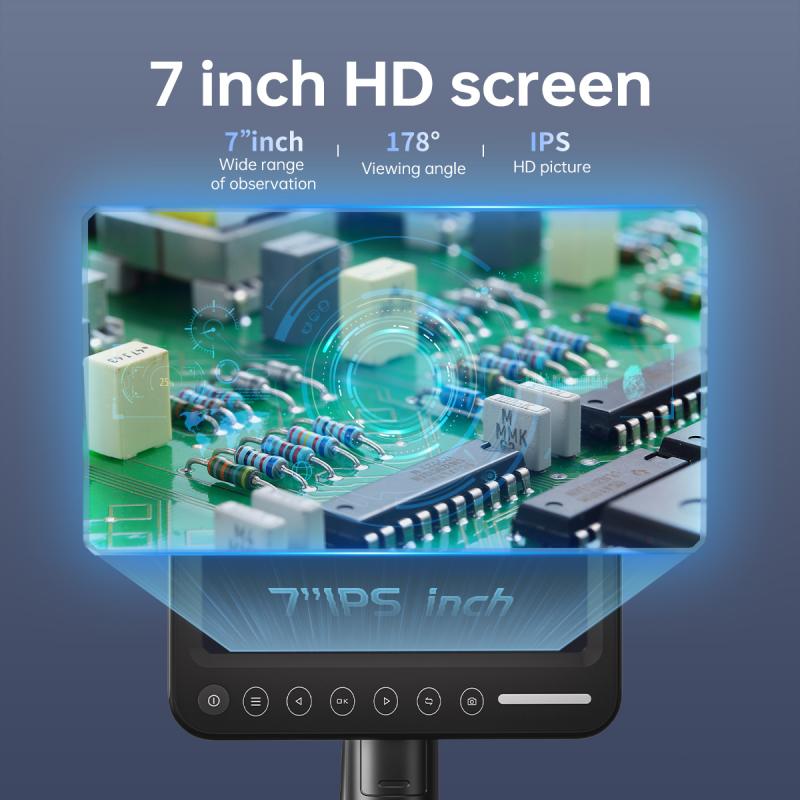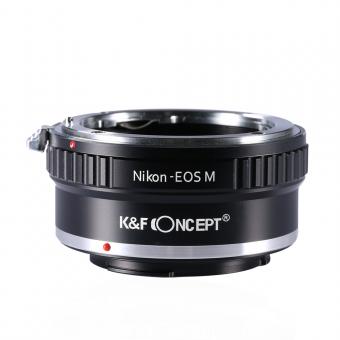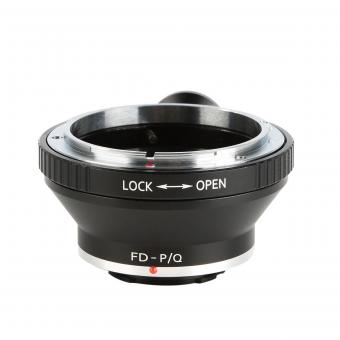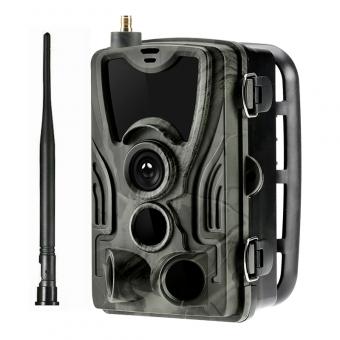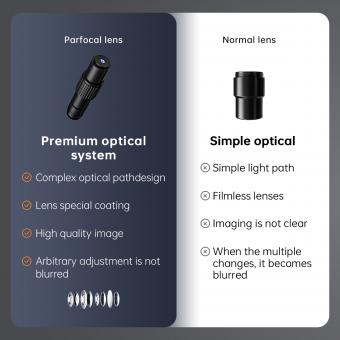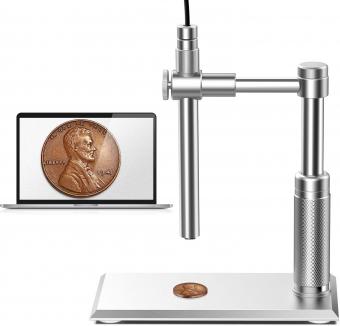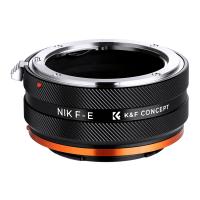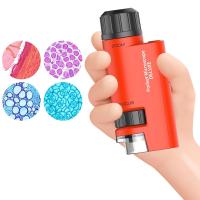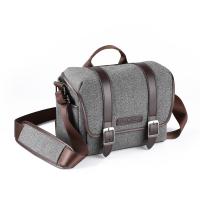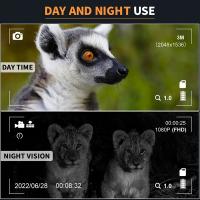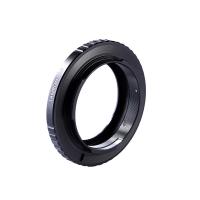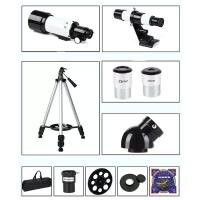When Did Van Leeuwenhoek Invent The Microscope ?
Antonie van Leeuwenhoek did not invent the microscope, but he is credited with significantly improving its design and making important discoveries using it. He lived from 1632 to 1723 and is often referred to as the "Father of Microbiology." Van Leeuwenhoek was a Dutch scientist and businessman who developed a simple microscope with a single lens. He used this microscope to observe and document various microorganisms, including bacteria, protozoa, and sperm cells. Van Leeuwenhoek's observations and discoveries greatly contributed to the field of microbiology and laid the foundation for future advancements in microscopy.
1、 Invention of the microscope by Antonie van Leeuwenhoek (17th century)
Invention of the microscope by Antonie van Leeuwenhoek (17th century)
Antonie van Leeuwenhoek, a Dutch scientist, is widely credited with inventing the microscope in the 17th century. Born in 1632, van Leeuwenhoek was a skilled tradesman and amateur scientist who made groundbreaking discoveries using his self-made microscopes.
Van Leeuwenhoek's microscopes were unlike any others of his time. He crafted them with exceptional precision, achieving magnifications of up to 300 times. His microscopes consisted of a single lens, which he ground and polished himself, and a small sample holder. By using these simple yet powerful instruments, van Leeuwenhoek was able to observe and document a wide range of microscopic organisms, including bacteria, sperm cells, and red blood cells.
Van Leeuwenhoek's discoveries revolutionized the field of microbiology and laid the foundation for modern microscopy. His meticulous observations and detailed drawings of microorganisms provided crucial evidence for the existence of a microscopic world previously unknown to humanity. His work challenged the prevailing belief in spontaneous generation and supported the theory of biogenesis, which states that living organisms can only arise from other living organisms.
It is important to note that while van Leeuwenhoek is often credited with inventing the microscope, he was not the first to experiment with magnifying lenses. The concept of magnification had been explored by earlier scientists, such as Galileo Galilei and Robert Hooke. However, van Leeuwenhoek's microscopes were far superior in terms of magnification and clarity, allowing him to make groundbreaking discoveries that were not possible with previous instruments.
In recent years, there has been some debate among historians about the exact timeline of van Leeuwenhoek's microscope invention. Some argue that he may have been influenced by earlier microscopes and that his contribution was more in the improvement and refinement of the instrument rather than its invention. However, regardless of the exact details, there is no doubt that van Leeuwenhoek's microscopes played a pivotal role in advancing our understanding of the microscopic world and laying the groundwork for modern microscopy techniques.
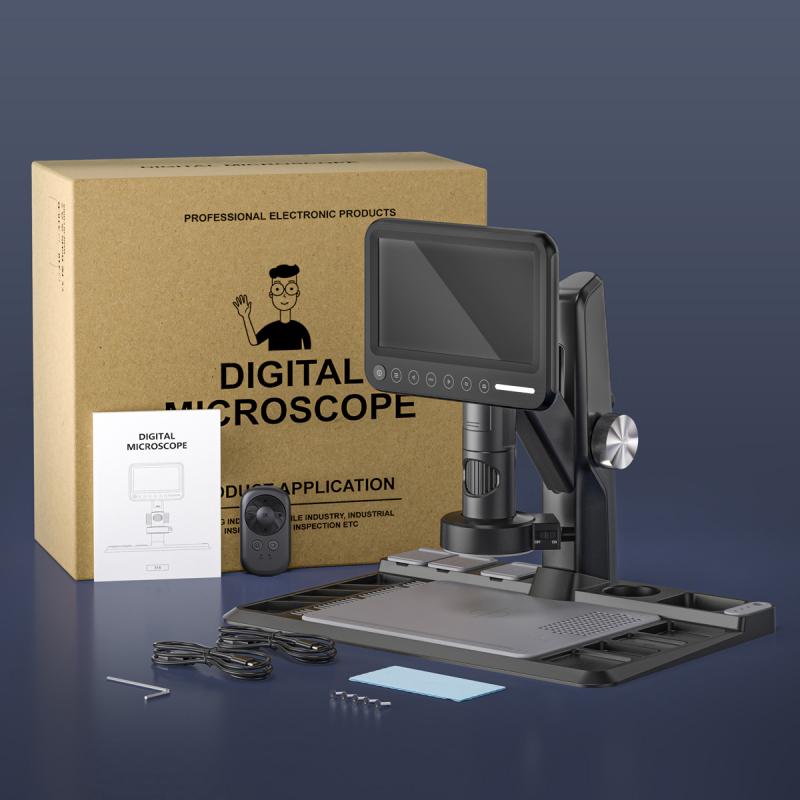
2、 Development of early microscopes by van Leeuwenhoek (17th century)
Van Leeuwenhoek is widely credited with the development of early microscopes in the 17th century. However, it is important to note that he did not actually invent the microscope, but rather made significant improvements to its design and functionality.
Antonie van Leeuwenhoek was a Dutch scientist and tradesman who lived from 1632 to 1723. He is often referred to as the "Father of Microbiology" due to his groundbreaking observations using microscopes. Van Leeuwenhoek was a skilled lens grinder and used his expertise to create high-quality lenses that greatly improved the magnification capabilities of microscopes.
It is believed that van Leeuwenhoek began experimenting with microscopes around the 1660s. He crafted tiny, single-lens microscopes that were capable of magnifying objects up to 300 times. These microscopes were simple in design, consisting of a small metal plate with a hole in the center, where the specimen was placed. The lens was mounted on a screw, allowing for precise focusing.
Van Leeuwenhoek's microscopes were revolutionary for their time. He used them to observe a wide range of specimens, including bacteria, blood cells, and spermatozoa. His observations challenged the prevailing beliefs of the time and laid the foundation for the field of microbiology.
It is worth noting that while van Leeuwenhoek's microscopes were groundbreaking, they had limitations. They were difficult to use and required a high level of skill to operate effectively. Additionally, van Leeuwenhoek kept the details of his lens grinding techniques a closely guarded secret, making it difficult for others to replicate his work.
In recent years, there has been some debate about the extent of van Leeuwenhoek's contributions to microscope development. Some argue that he may have been influenced by earlier microscope designs and that his microscopes were not as unique as previously believed. However, there is no denying that van Leeuwenhoek's observations and discoveries using microscopes were groundbreaking and had a profound impact on the field of science.
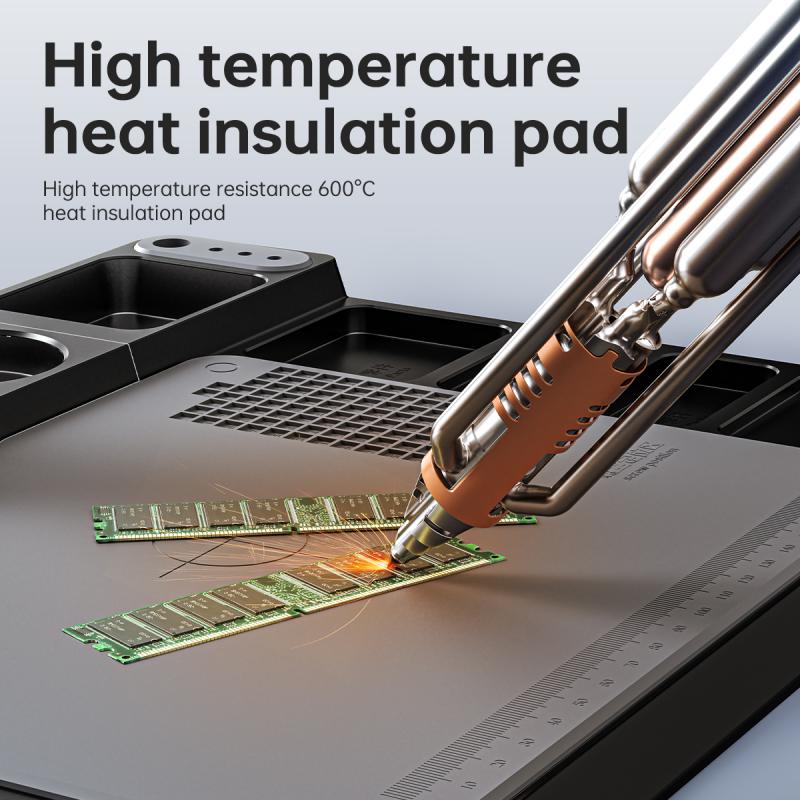
3、 Contributions of van Leeuwenhoek to microscopy (17th century)
Van Leeuwenhoek is widely credited with inventing the microscope in the 17th century. However, it is important to note that the concept of magnification and lenses had been known for centuries before his time. What set van Leeuwenhoek apart was his ability to create high-quality lenses and his meticulous observations using these lenses.
Van Leeuwenhoek was born in 1632 in the Netherlands and worked as a cloth merchant. It is believed that he developed an interest in lenses and magnification through his work with textiles. He began grinding his own lenses and constructing microscopes around the 1660s. These microscopes were simple, single-lens devices that could magnify objects up to 300 times.
Van Leeuwenhoek's contributions to microscopy were groundbreaking. He was the first to observe and document microorganisms, which he called "animalcules." He meticulously studied various samples, including water, dental plaque, and even his own feces. His observations challenged the prevailing belief in spontaneous generation and laid the foundation for the field of microbiology.
Van Leeuwenhoek's microscopes were far superior to any others of his time. His lenses were of exceptional quality, allowing for greater magnification and clarity. He also developed innovative techniques for preparing samples, such as using thin slices of cork to hold specimens in place.
It is worth noting that while van Leeuwenhoek's microscopes were groundbreaking, they had limitations. They were difficult to use and required a great deal of skill to operate effectively. Additionally, van Leeuwenhoek did not share his methods or designs with others, keeping his techniques a closely guarded secret.
In conclusion, van Leeuwenhoek's contributions to microscopy in the 17th century were significant. He is often credited with inventing the microscope, although the concept of magnification and lenses had been known for centuries. His meticulous observations and high-quality lenses allowed him to make groundbreaking discoveries in the world of microbiology. Van Leeuwenhoek's microscopes were far superior to others of his time, although they had limitations. Nonetheless, his work laid the foundation for the field of microscopy and his observations continue to be studied and appreciated today.
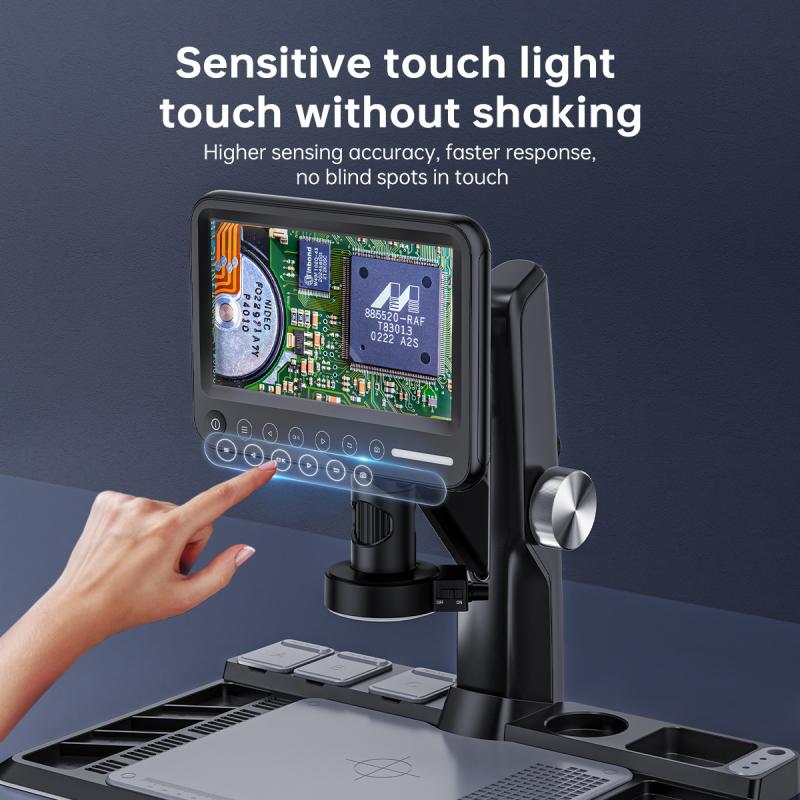
4、 Van Leeuwenhoek's pioneering work in microscopy (17th century)
Van Leeuwenhoek's pioneering work in microscopy dates back to the 17th century. Antonie van Leeuwenhoek, a Dutch scientist, is widely regarded as the father of microbiology and one of the first individuals to invent and use a microscope effectively. However, it is important to note that Van Leeuwenhoek did not actually invent the microscope itself, but rather made significant improvements to its design and usage.
Van Leeuwenhoek's microscopes were simple, single-lens devices that he crafted himself. He ground the lenses to a high degree of precision, allowing for magnification of up to 300 times. With these microscopes, he made groundbreaking observations of various microorganisms, including bacteria, protozoa, and sperm cells. His meticulous observations and detailed drawings provided valuable insights into the microscopic world, revolutionizing our understanding of biology.
The exact date when Van Leeuwenhoek invented his microscope is not known, as he did not publish his methods or designs. However, it is believed that he began his observations using microscopes around the 1670s. Van Leeuwenhoek's work remained largely unknown to the scientific community until he started corresponding with the Royal Society of London in the 1670s and 1680s, sharing his discoveries and observations.
It is worth mentioning that recent research suggests that Van Leeuwenhoek may have had access to microscopes before the 1670s, as some of his earliest observations were remarkably advanced. However, the exact timeline of his microscope invention and usage remains a topic of debate among historians.
Regardless of the precise date, Van Leeuwenhoek's contributions to microscopy were groundbreaking. His meticulous observations and discoveries laid the foundation for the field of microbiology and paved the way for future advancements in microscopy. Van Leeuwenhoek's microscopes were a significant leap forward in the study of the microscopic world, and his work continues to inspire scientists to this day.
